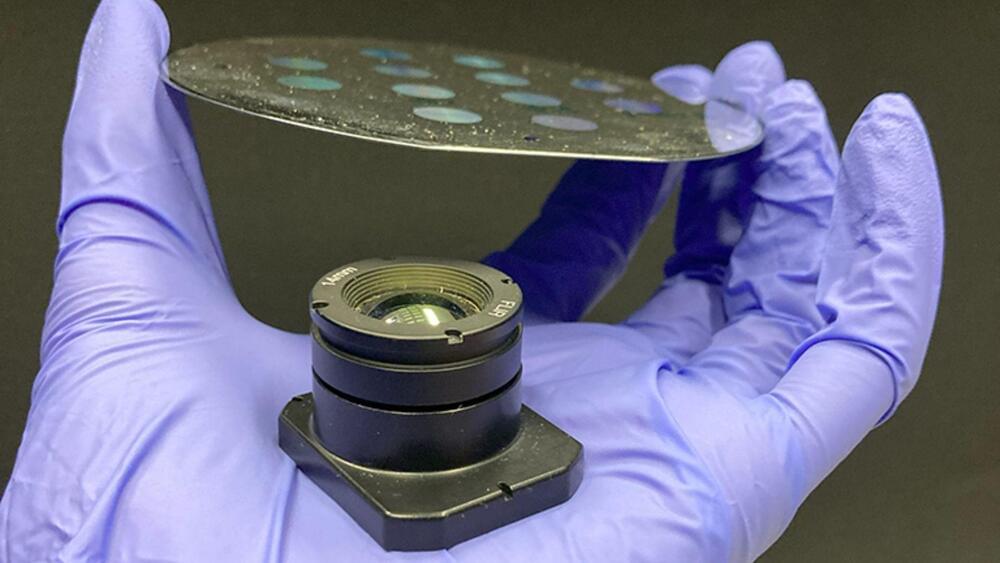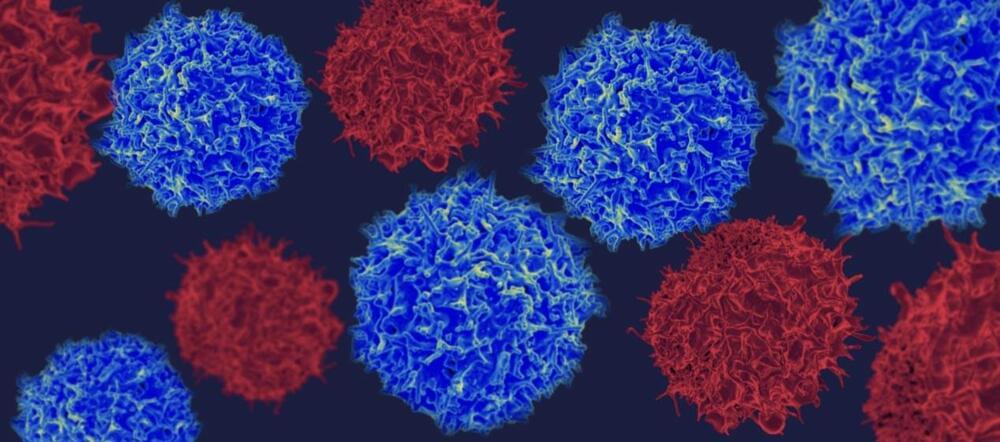The decision follows years of controversy and the departure of one of the program’s key researchers.




YouTube is now requiring creators to disclose to viewers when realistic content was made with AI, the company announced on Monday. The platform is introducing a new tool in Creator Studio that will require creators to disclose when content that viewers could mistake for a real person, place or event was created with altered or synthetic media, including generative AI.
The new disclosures are meant to prevent users from being duped into believing that a synthetically created video is real, as new generative AI tools are making it harder to differentiate between what’s real and what’s fake. The launch comes as experts have warned that AI and deepfakes will pose a notable risk during the upcoming U.S. presidential election.
Today’s announcement comes as YouTube announced back in November that it was going to roll out the update as part of a larger introduction of new AI policies.

Apple is looking to team up with Google for a mega-deal to leverage the Gemini AI model for features on iPhone, Bloomberg reported. This will put Google in a commanding position as the company already has a deal with Apple as the preferred search engine provider on iPhones for the Safari browser.
The publication cited people familiar with the matter saying that Apple is looking to license Google’s AI tech to introduce AI-powered features with iOS updates later this year. Additionally, the company also held discussions with OpenAI to potentially use GPT models, Bloomberg said.

In the digital age, where entertainment is but a click away, a silent yet powerful transformation is underway. Streaming companies, the vanguards of this digital entertainment era, are not just delivering content; they’re crafting experiences, and artificial intelligence (AI) is their most adept tool. Let us explore how AI is not just changing, but revolutionizing the way we consume media.
Gone are the days of aimlessly browsing channels to find something to watch. AI in streaming services is like a discerning director, understanding and curating content to fit the unique tastes of each viewer. It’s an era where your streaming service knows what you want to watch, sometimes even before you do. The great power of AI is personalization, where organizations can create unique user journeys. At the core of AI’s integration into streaming is personalization. Netflix, the colossus of streaming, employs AI algorithms to recommend movies and shows based on your viewing history. However, generally, these recommendation engines based on historical presences have muted value. Traditional metrics leverage past viewing information or collaborative filtering to make content recommendations. However, customer feedback has shown these are imperfect fits in the age of data for precision product-market fit.

General-purpose humanoid robots using AI are advancing and increasingly gaining investment support to perform tasks that humans do easily.
Humanoid AI smart robots are accelerating with major investments from automotive giants BMW, Honda, Hyundai, Mercedes Benz and Tesla, to name a few. Will this growth and interest accelerate approval of a new 32-hour work week bill earlier?
The new decking board not only stores more carbon that is emitted in its production but is also 18 percent cheaper than market prices.


The manufacturing process for personalized T-cell therapies hardly begins before it stalls. Why? Right at the start, there is a severe bottleneck: the need to identify patient-derived, tumor-reactive T-cell receptors (TCRs).
To overcome this bottleneck, scientists at the German Cancer Research Center (DKFZ) and the University Medical Center Mannheim have developed predicTCR, a machine learning classifier. According to the scientists, it can identify individual tumor-reactive tumor-infiltrating lymphocyte (TILs) in an antigen-agnostic manner based on single-TIL RNA sequencing.
The scientists also assert that prediTCR can halve the time it takes to get past the bottleneck, helping to reduce the overall time needed to make a personalized T-cell therapy for cancer patients. Since the overall time is at least six months, any reduction in the time needed to complete any manufacturing step is welcome.
Humanity’s Michael Geer explains what Large Biological Models are and why they are the next giant leap in health.